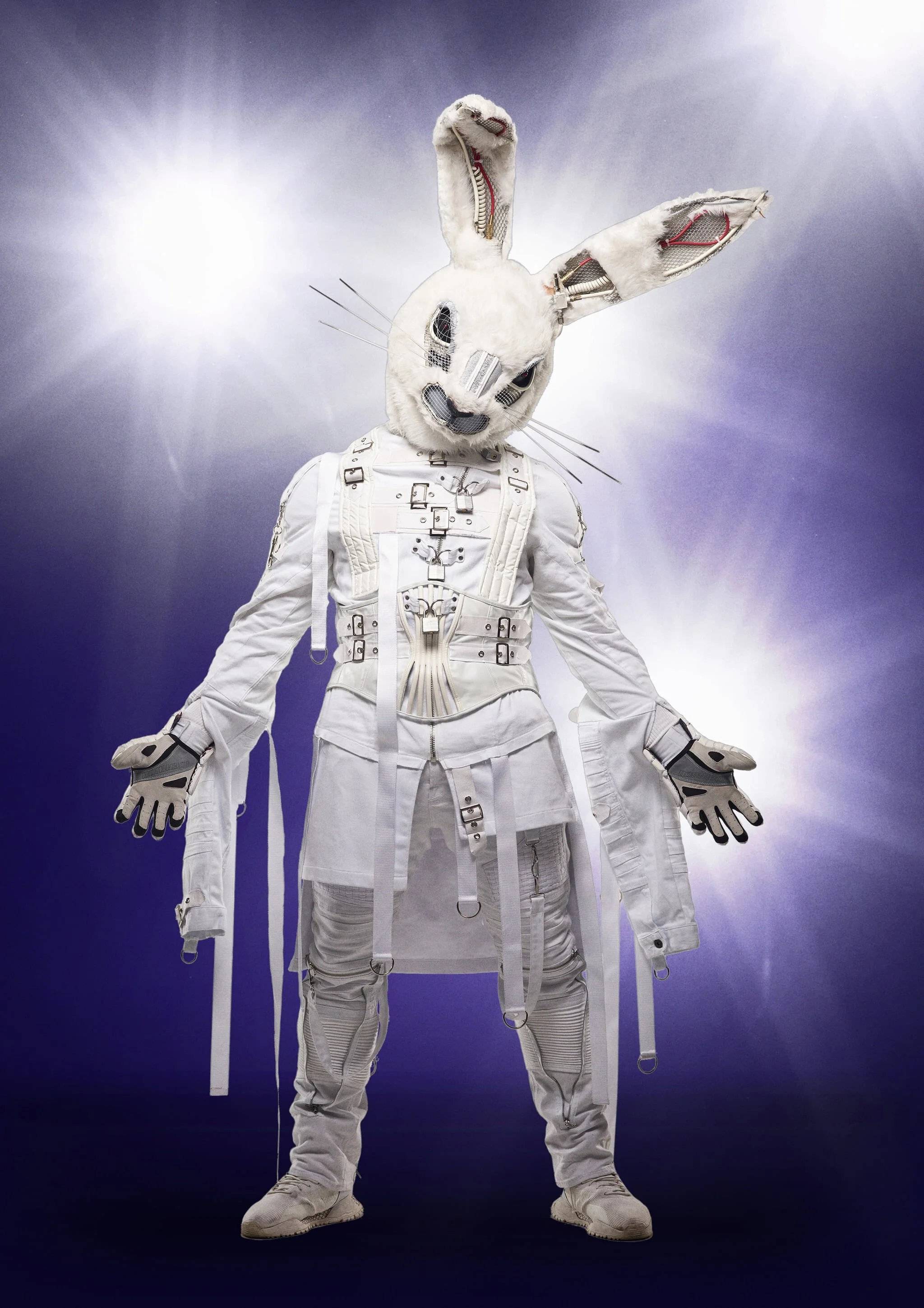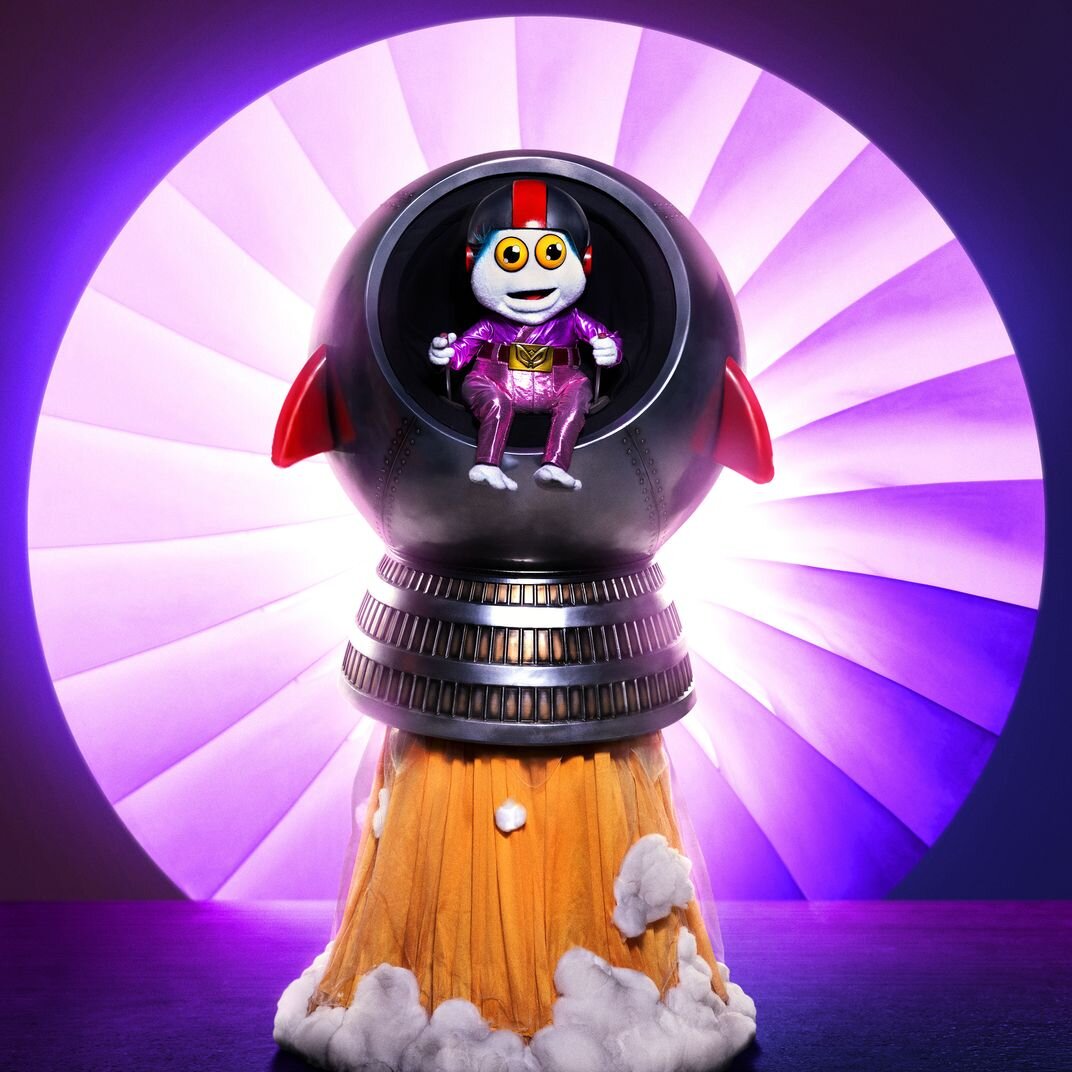The Enchanting Craziness of The Masked Singer (USA)’s Costume Design
As season 5 of the award-winning reality singing competition is set to premiere on March 10th, the UK version just saw a Sausage winning season 2, and its sister show The Masked Dancer is close to its end, there is nothing more fitting to talk about than The Masked Singer and its most famous and enticing aspect. No, I am not talking about the celebrities inside the whimsical and beautifully crafted costumes, who sing to win the golden mask and have a great time, judged only by their vocal abilities and stage presence, nor the celebrity judges who collect the clues and guess the people behind the masks. I am referring to the costumes themselves, which were finally recognized with an Emmy Award in 2020 after two seasons of a terrific display of craft and creativity by lead designer Marina Toybina.
Based on the South Korean reality sensation, The Masked Singer (USA) provides a unique experience to the singing competition concept. It supplements the idea of rewarding the best singers by adding the mystery factor to the contestants’ voices, hiding their true identity inside fantastical costumes, which provides a guessing game that engages the judges and audiences even more. Clues are sprinkled inside every episode, serving as the leading indications to whom resides behind the masks, especially when the famed contestants—actors, comedians, dancers, magicians, models, performers, politicians, professional singers, sportspeople, social media sensations—sing for the first time.
The series also adds to the auditory experience an even more extraordinary visual spectacle as the costumes worn by the celebrities are beautiful pieces of handiwork, representing animals like the Peacock and the Kitty, foods like the Egg and the Broccoli, objects like the Skeleton and the Robot, creatures like the Monster and the Baby Alien, and ethereal beings like the Night Angel and the Sun. However, some of these singing characters are not only their namesake. Season 3 features a Kangaroo boxer, a punk Turtle, a Rhino aviator, and a hippie Llama, adding an extra layer to the show’s character-building complexity solely based on visual appearances. And many times, the costumes have been able to fool the judges since characters like the Leopard and the Mushroom appear female, but they were worn by male celebrities.
Image (Via)
As I mentioned before, Marina Toybina is the fashion designer behind The Masked Singer’s costume designs. By age 16, she was already hiring sewers to develop her fashion croquis, which eventually led her to gain a spot in the Los Angeles Fashion Institute of Design & Marketing. Influenced by Tim Burton and the 2000s movie The Cell, Toybina’s talent for couture brought her into the world of costuming. She has worked since with artists like Ariana Grande, Britney Spears, Carrie Underwood, Fifth Harmony, Katy Perry, P!nk, Taylor Swift, and Selena Gomez on their tours and music videos; she designed costumes for shows including So You Think you Can Dance and The X-Factor; and she has come up with one of the most memorable characters of 2015’s Super Bowl Half-time show with Katy Perry: the “Left Shark.” It was only two months after Toybina wrapped up her Beautiful Trauma World Tour with P!nk that Fox, the channel that produces The Masked Singer, contacted her to work on the show.
Toybina and her team sketch around 20-35 designs, which the series’ executive producers strip down to between 12 to 18 depending on the season, and have around two months in the first, and then three to four months in the following seasons to complete the whole visual. That is for sure a time constraint, so the team needs to know how to work under high pressure. In an interview with Deadline, the designer said that she does most of the pencil renderings and then collaborates with an illustrator to transform the 2D sketches into a digital 3D form, making it easier to understand what materials and weaving processes the costume construction needs. Then, Toybina displays a selection of illustrations accepted by the producers to the contestants for them to choose from, and when they pick a favorite, both work together to personalize and tailor the look. The designer then buys the fabrics and collaborates with special effects artists and fabricators to construct the costumes. And, as she explained in the interview, “once the costumes were executed, I was able to really customize it for [the celebrities]—not just doing proper tailoring, but [putting in] special things that made the costumes even that much more like an equal match.”
Image (Via)
For season 1, Toybina highlights the inspiration behind the Peacock and the Rabbit’s design. For the fashionista, a peacock is a flashy, rich bird that reminds her of Las Vegas, and from Vegas came the showmanship Elvis look. Conversely, the Rabbit was much less inspired by the animal’s general qualities. She took a 180° turn from the idea of rabbits as cute, friendly Easter mascots into the terrifying depiction of Donnie Darko’s rabbit, making something a little less comfortable to the eye. Taking from a second movie inspiration, Edward Scissorhands, Toybina crafted, in her own words, “something that was a little bit fashion-forward,” but that also paid homage to cinema.
In an interview with Vulture, she goes on to breakdown the inspiration for all season 2 designs. From it, the most interesting artistic intents come from the Egg and the Leopard. In the Egg’s case, the celebrity behind the mask just wanted to be an egg. That was their prerequisite, so Toybina had to get creative on how to make the food eye-catching. The designer came up with several egg-related ideas to solve her conundrum, crafting a costume that could be outfitted for a runaway or worn by the 2010 Lady Gaga. She designed a boiled egg mask, a sunny side up fried egg hat, a Fabergé breastplate (the costume’s piece most related to the celebrity’s personality), and a cracked eggshell coat for the character. Alternatively, Toybina wanted to subvert the audience and judges’ expectations about someone dressed as a Leopard. Rather than making the design skintight sexy, filled with prints all over, she stated that she wanted “to create something that was Victorian and was vintage and did have this big presence onstage.” She added a Victorian print to a Victorian cut dress and a ruff collar fit for a queen, and formidable alluring bright-green eyes that were impossible to stop looking at.
Regarding season 3, in a Variety interview, Toybina described how she came up with Kitty's costume. Because she wanted to maintain the celebrity’s playful and young nature and match her old-timey theatrical personality, she came up with a flapper, sensual, burlesque cat design. The stylist prioritized working on the cat mask, ensuring the bow and head crown maintained a stable weight to prevent overwhelming the celebrity’s head. But she also ended up hand embroidering every single bead in the costume, from the burlesque kitty mask’s headpiece to her gloves and dress. Additionally, in a conversation with Gold Derby, Toybina explained her thought process behind depicting the Kangaroo. She played with the attributes that qualify the animal in general and built upon them based on the talent behind the mask. As she points out, “everyone knows what a kangaroo looks like. I could leave it without a costume, but at the same time, with that particular character, it was like, ‘What does that represent?’ It represents strength, power, fighter.” From there on, she had to implement a uniqueness to such character, deciding to add rhinestone boxing gloves and a child-like Kangaroo mask to portray the idea that, behind the costume, there was a more vulnerable person, a celebrity that constantly tries to fight the recent obstacles of her life.
Finally, season 4 once again delivered with the creativity and craft behind the costume designs. In an article by the New York Post, Toybina stated that she planned the fourth installment’s over-the-top creations with 2020’s dreary climate in mind as she “wanted this season to be colorful and fun and big and happy, to put smiles on the viewers’ faces.” One such artifact of this motivation was the Baby Alien, which pulled from pop culture’s baby trope (Baby Groot, Baby Nut, and Baby Yoda/Grogu, for example) to become the perfect combination between lovable and outlandish. The season was the first time the series had a puppet, an idea that sprang from the fashionista asking herself what could be so captivating and extravagant for the audience to watch. Another costume that followed that “escape from 2020” motto was the Giraffe, which Toybine designed to be “soft and pastel and friendly.” And to attach that touch of creativity to the character, she transformed it into the season’s period piece, inspired by the royal wealth aesthetic and Marie Antoinette’s demeanor.
In the end, since its production stage, Marina Toybina felt the potential behind the premise of The Masked Singer. In her own words, she enjoyed “being able to create characters that are not just visually stimulating and exciting, but also mobile enough to perform; being able to execute choreography and their vocals at the same time, and kind of creating a whole package.” The TV show is distinctive in a way that makes it fun, relaxing, and appealing while also providing a fresh new perspective into how singing competitions can still stay relevant in today’s world, innovating the entertainment sector’s approach to audience engagement and creativity. More often than not, those shows that cater towards the absurd, weird, and zany provide the best remedies and time offs for reality’s sometimes brutal existence.
If you want to know more about The Masked Singer, you can stream it through Fox Now, Hulu, Tubi, and fuboTV, and watch it on Fox! Wednesdays at 8 pm ET and 7 pm CT. You can also binge some of the series’ episode snippets on their YouTube channel.
Cover Image Via















